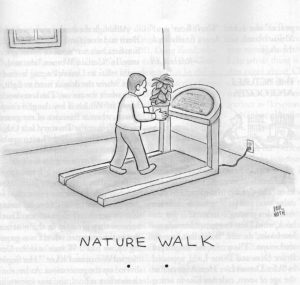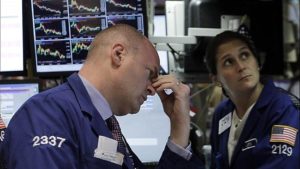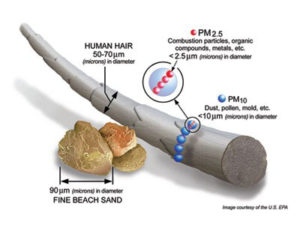As I Turned Off the Light Last Night…

I began to worry about environmental protection.
Perhaps there was a premonition of a Clinton loss, or a sense that the results I was seeing just after 9pm didn’t have the right “feel.”
So, it was the Paris Climate Accord that I worried about.
Next were Federal lands being turned over to management by states.
The EPA’s existence?
TX Rep Lamar Smith’s reelection?
If I wasn’t tired already, these worries were soon put to rest for the night. I remember no dreams.
 This bench would be my timeout place today. Not actually, but in my mind’s eye.
This bench would be my timeout place today. Not actually, but in my mind’s eye.
 The more likely place…
The more likely place…
.
The U.S. election results won’t change our worsening environment.
“Not only does air pollution kill millions of people each year, but studies also have suggested that people can’t necessarily escape it by staying indoors,” reports Chris Mooney in a recent Washington Post article.

 The National Bureau of Economic Research released a working paper that suggests poor air quality might influence how Wall Street traders perform their work.
The National Bureau of Economic Research released a working paper that suggests poor air quality might influence how Wall Street traders perform their work.
In the paper’s summary: researchers provide “detailed empirical evidence of a direct effect of air pollution on the efficient operation of the New York Stock Exchange, linking short-term variations in fine particulate matter (PM2.5) in Manhattan to movements in the S&P 500.”
Lead author and researcher Anthony Hayes claims: “In New York, if you take a day from the cleanest 20 percent of days, and make it one of the dirtiest 20 percent of days, other things being equal, the effect of that on the stock returns, it depresses them by 11 or 12 percent.”
“Examining the daily returns of the Standard & Poor’s 500-stock index from January 2000 through November 2014, the researchers showed that on days with bad air quality within a mile of the exchange in Lower Manhattan, stock returns tended to be lower,” according to the report. The researchers found a correlation with workers inside the Chicago Board Options Exchange as well.
Is there a particular culprit? Well, yes. PM2.5 particles.
 “Fine particles (PM2.5) are 2.5 micrometers in diameter or smaller, and can only be seen with an electron microscope. Fine particles are produced from all types of combustion, including motor vehicles, power plants, residential wood burning, forest fires, agricultural burning, and some industrial processes.”
“Fine particles (PM2.5) are 2.5 micrometers in diameter or smaller, and can only be seen with an electron microscope. Fine particles are produced from all types of combustion, including motor vehicles, power plants, residential wood burning, forest fires, agricultural burning, and some industrial processes.”
What I love about writing this blog are the new things I come upon that hopefully interest you as well. About PM2.5, the website AIRNow is where we can find out, by zip code, what the forecast and current conditions are for PM2.5. Maybe a bit wonky, but surely of use to health organizations!
Incidentally, there’s a building certification rating system called Well Building Standard that’s gaining traction in the realms of architecture and engineering. Its focus is on people in buildings, offering wellness design and construction strategies for those of us who spend a bunch of time inside. Respiratory is one of a number of human body systems considered and reflected in the standards. Two of its certification standards: Air, and Comfort.